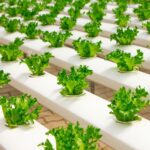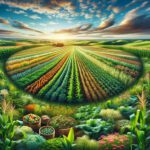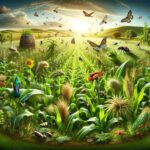Organic agriculture arises with the development of conventional agriculture. The beginnings of agriculture and with it organic agriculture go back to the primitive planting of fruit seeds that the hunter-gatherers consumed and dispersed in the land surrounding the places where they temporarily resided, initially with the nomadic system and it intensified later with the appearance of a sedentary lifestyle.
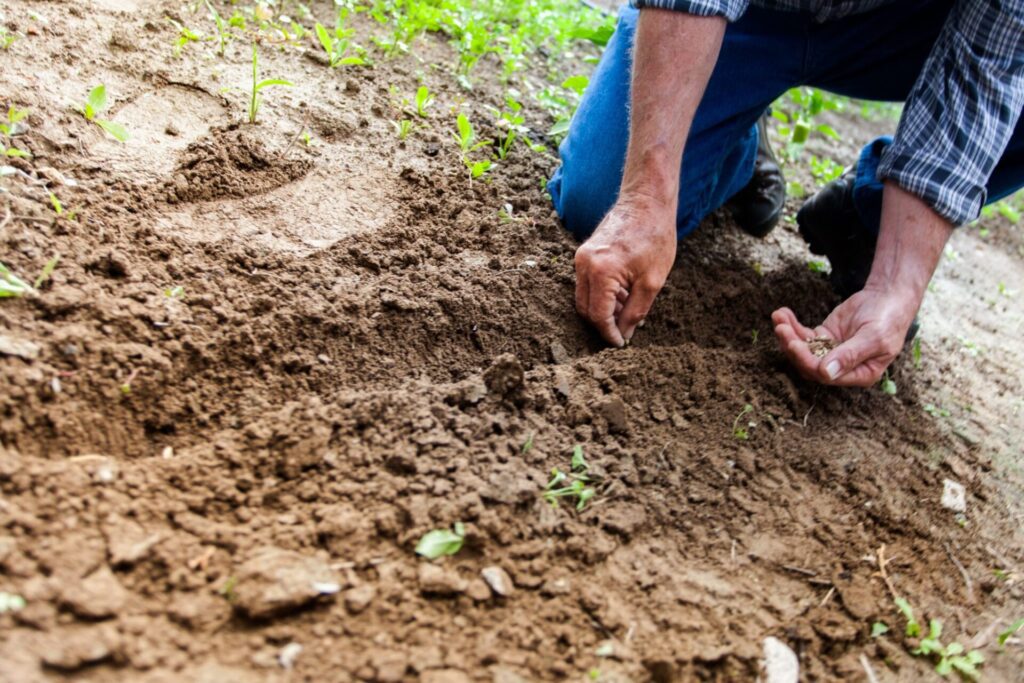
In this primitive agriculture, fertilizing elements of the soil were not used and surely, with the biodiversity that existed, pests and diseases of great importance did not appear recurrently, so the use of pesticides was not necessary. We could say that there was a kind of ecological balance, which allowed human beings to develop this activity at the same time that obtaining food close to their population centers gave them a better quality of life.
Food is the basis of population growth. With the growth of populations and the development of urban centers, the need arises to provide these new and growing cities with food. With the arrival of the Industrial Revolution in the second half of the 18th century, the growth of agriculture arrives, since, to a large extent, agriculture is a primary activity that produces the raw material for industry.
It is during the advance of the Industrial Revolution and after it, that great difficulties appear for agricultural production, since with monoculture in large areas, soil degradation and the emergence of important pests and diseases were propitiated.
It is not, if not until the postwar period, that the Chemical Industry arises, which provides a solution in some way to these problems that afflicted agriculture. With this chemical industry, which goes from producing chemical inputs for military use to formulating pesticides and fertilizers, other problems arise such as contamination of the soil, water, affectation of wild fauna and flora, etc.
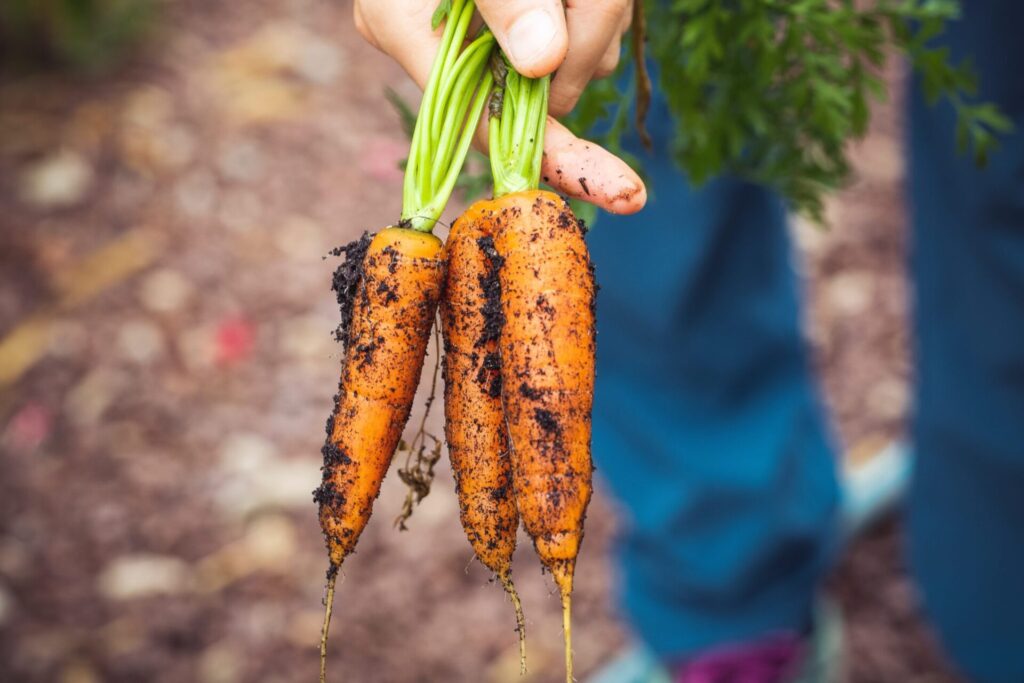
It is in this post-war stage, in the 1920s, that Organic Agriculture and the first ideals of healthy and ecological food production are outlined, this current arises in complete disagreement with the use of chemical compounds high risk in food production.
As if that were not enough, with the help of new synthetic pesticides and fertilizers, in the 1960s the so-called Green Revolution arose, in which hybrid varieties of crops were used, mainly cereals, complete technological packages of soil tillage, fertilization and pest and disease control.
The Green Revolution brought with it abundant food production to supply population centers and combat the emerging problems of malnutrition in underdeveloped countries. But it also led to the appearance of more problems in conventional agriculture, extreme soil degradation, depletion of resources such as water, contamination of the ecosystem in general, appearance of pests and diseases that are increasingly resistant to pesticides that are used at higher doses. higher, contaminated food, etc.
This is where Organic Agriculture takes on great importance. In 1972, the International Federation of the Organic Agriculture Movement, known by its acronym in English as IFOAM, was established in France with the aim of showing evidence of the disastrous effects of chemical agriculture and informing about the benefits of organic agriculture.
After 1980 is when organic agriculture gains presence and acceptance worldwide. In Europe, organic agriculture was regulated for the first time at the community level until 1991 with Regulation (EEC) No. 2092/91, which was replaced in 2009 by Regulation CE 834/2007.
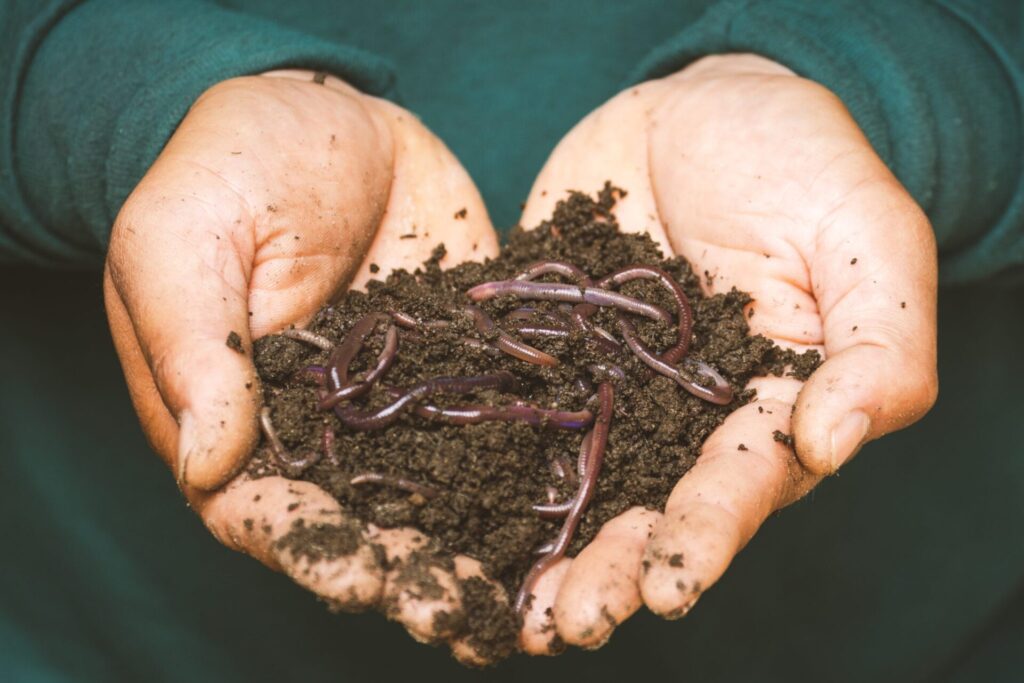
In Mexico, organic agriculture began in 1963 in the Soconusco region on the Ireland farm, located in Tapachula, Chiapas., which received the first certification for obtaining organic coffee, the certification was International in 1967, years later they were the Finca San Miguel in 1986 and the Alegre ranch in 1988, both in the same locality. It is mentioned that in 1985 the first exports of certified organic products to Europe left Oaxaca.
Currently, true Organic Agriculture is more holistic; It not only includes the non-use of pesticides and chemical fertilizers, it implies a new awareness of the actors of food production, the cultural and natural environment, as well as the health of final consumers, productivity and quality of crops.
 AgronoBlog – Agriculture Blog
AgronoBlog – Agriculture Blog 